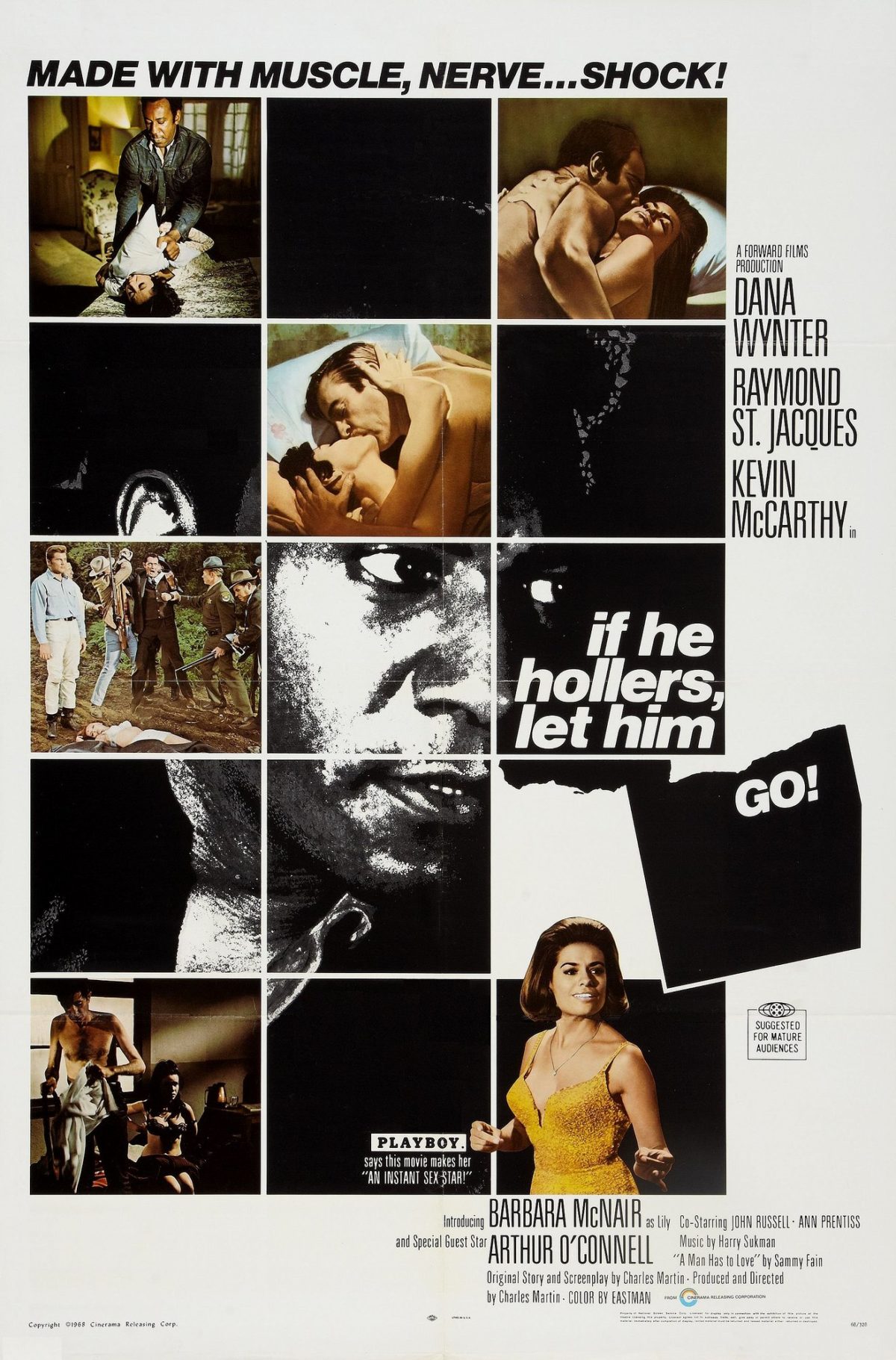Real life is a myriad of grays that rarely fall into the binary of black and white. Contrasting from “The Maltese Falcon,” “Farewell My Lovely” dives much deeper into the underbelly of real life, and the inherent biases of the white middle class in the wake of the wave of immigrants coming to the United States for a better life. We talked about the opening scene of the book with the complete depersonification of the black boy thrown out of the bar by Moose Malloy. Instead of a “he”, the boy is described as an “it” even though the only thing different about him from the neighborhood of the past is the color of his skin. The issue of race goes deeper than simply the color of your skin. Simply because the receptionist on the phone has a thick accent, Marlowe feels the need to belittle her by spelling everything he says over the phone, even when unnecessary. The assumption of lesser education and language proficiency is an inherent racial bias. Similarly, when Marlowe visits Amthor, the psychic, he is completely occupied with the smell of the Indian bodyguard who picks him up. While the smell may be something he is not familiar or comfortable with, Marlowe solely characterizes the man by the smell that follows him around in pure Chandler fashion. The “occasional whiff of his personality,” drifts unpleasantly around Marlowe, but Amthor recognizes his value saying, he is “rare” like diamonds and “like diamonds, sometimes found in dirty places” (Chandler 144, 150). Amthor’s race is unclear from his description, but it is clear he lives on the fringes of the acceptable allowing him to see past the unfamiliar smell, whereas Marlowe is consumed with the foreign odor. Marlowe is the status quo of the grizzled white man, while Amthor is delicate and beautiful, which is the antithesis of what a man should be in the 1930’s. This earns him a place with the misfits, ostracized for Western society because they do not fit the mold. The world becomes a tiny place when society decides the world is only made for a select few. In order to cope with being strangers in the white world, the identity of the “other” forms, and we can begin seeing this camaraderie between people in the pages of the book as Marlowe dives deeper into the case of the missing Fei Tsung Jade.
One thought on “The Strange Foreigners”
Comments are closed.

It is interesting how Chandler uses synaesthesia and figurative language to characterize Amthor’s Native American bodyguard as foreign and “other.” I hadn’t considered that because Amthor’s race is unclear, he is able to live just on the fringes of what is acceptable to American society in the 1930s. Nostalgia plays a pivotal role in these characterizations as it is a complete kind of relief from the present; it desires objects from a world that is similar to our own but simpler. The disconnect between various social and racial classes is caused by isolation in geographical compartments. It is fascinating to think that the LA neighborhoods where Marlowe meets these characters on the fringe are the same as they once were; the only difference is the color of their skin.